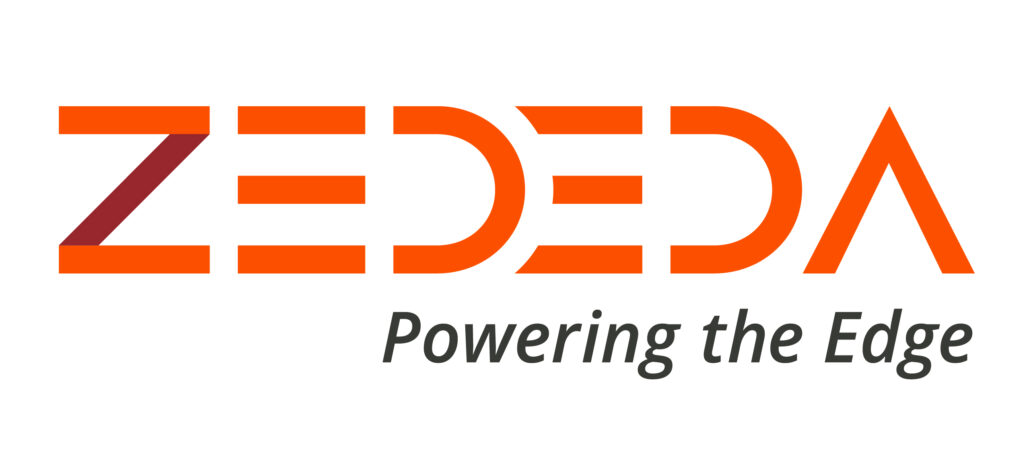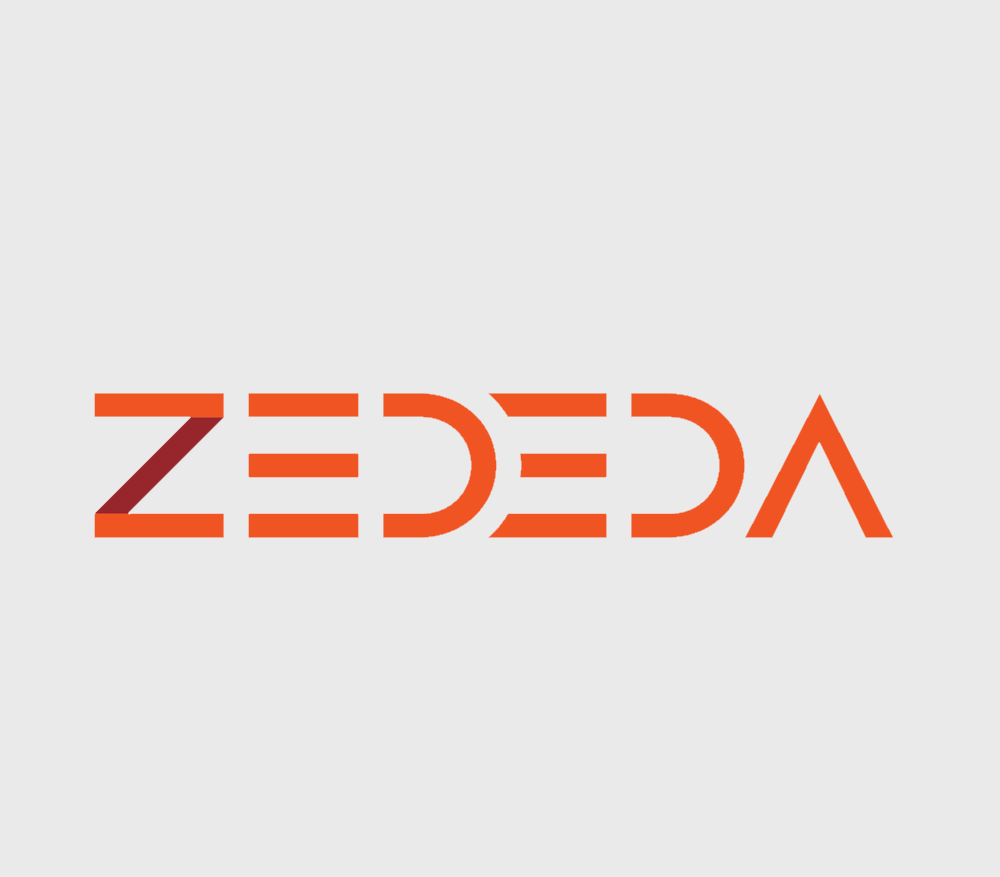
Digital transformation is typically focused on the enablement of better products, services, experience, or business models. At the heart of such transformation is data, but often fundamental changes are only possible when the organization can make substantive shifts in how data is gathered, moved, stored, or processed. As more enterprises take advantage of edge computing, AI and edge orchestration can make an immense difference.
Digital transformation enabled by edge AI was one of many discussion topics of one of the inaugural ZEDEDA Transform virtual two-day conference held on August 18, 2020, that brought together experts from across the edge computing and the IoT landscape to discuss today’s trends, challenges, and opportunities.
As we gear up for an even richer hybrid Transform conference this year, we are sharing some of the highlights of the roundtables, fireside chats, and keynotes.
One of the most exciting topics addressed opportunities for AI at the edge, a category that is continuing to grow in 2021 as the natural benefits of automated systems are becoming clearer and more proven.
Moderated by Leonard Lee, founder and managing director of nextCurve, a technology industry research and advisory firm based in San Diego, the session was made up of five panelists from across the edge AI industry. The panelists included Robert Mazer (Smart City Works), Doug Harp (Momenta Partners), Terrance Boone (SparkCognition), Niranjan Patil (Samsung), and Chase Hawkins (Microsoft). This group of five experts joined together to discuss the challenges, best practices, and use cases for businesses when it comes to Edge AI.
Robert Mazer is one of the founders of Smart City Works, an accelerator program that focuses on infrastructure for other companies. During the session Mazer explained how edge AI can impact manufacturing and building, in both efficiency and safety.
“I really think you have to start looking at those value chains and the supply chains and seeing what type of role AI can play there. It starts by slicing them down, because every time you slice it down, you’re going to see little activities that could use huge amounts of efficiency,” said Mazer. “If you could automate the machines and analyze data you didn’t have before, you would actually improve safety and lower costs. This, in my mind, is maybe the most practical use for edge AI when it comes to manufacturing and construction.”
Doug Harp is a Managing Partner at Momenta Partners, a leading digital industry venture capital firm accelerating digital innovators across energy, manufacturing, smart spaces, and supply chain. With 14 years of experience under his belt as the CEO of Westin Technology Solutions, Harp gave insight into how CEOs look at AI when considering digital transformation.
“I would say CEOs look from two perspectives. The first one is when dollars are leaking off their P&L, so costing things out, getting better yield quality, productivity, things that are probably happening in their factories and on their supply chain lines,” said Harp. “However, the really big win is when CEOs start looking at where they can apply AI on their products and services, to increase their value, increase their market share, and increase the revenue and improve the AI of those devices.”
Niranjan Patil, a team manager at Samsung currently leading a team focused on the development of edge computing platforms, spoke about the flexibility of edge AI in terms of verticals it can make a difference in.
“If we talk about novel business applications, then I would want to segregate that into four different verticals. The first vertical would be smart homes, followed by smart cities, industrial applications, and smart automation,” said Patel. “AI can impact all these areas, as with smart automation, AI can create platforms based on the user’s preferences, user’s behavior, user’s behavior pattern, their interaction pattern with all the devices and the sensors across their home and give meaningful insights back to the users. However, smart cities could leverage vision intelligence and data analytics to create public and private areas that are both safer for everyone and built to their maximum efficiency.”
Terry Boon is the technical sales director at SparkCognition, a company that catalyzes sustainable growth throughout the world with proven artificial intelligence (AI) systems. Terry spoke about the myriad of benefits using edge AI in general comes with.
“I feel there are three major benefits associated with AI. The first is the latency aspect, as it provides a much higher level of responsiveness in comparison to cloud models. The second one is about data privacy as AI gives its users more control. The data is much more secure in an edge environment compared to the cloud environment,” said Boon. “The third is the real-time analytics, which can happen on the edge devices and AI’s ability to analyze the data. This gives organizations more meaningful and contextual insights. Of course, all these benefits contribute to the benefit most businesses are looking for, which is that overall, AI can save a company a lot of money.”
Finally, Chase Hawkins, who’s been with Microsoft for over 13 years serving in a variety of different positions, from sales director to IoT business acceleration, talked about how crucial partners are for companies just getting their start in edge AI.
“Think big, but start small, and then most importantly, you have to think about your partner ecosystem,” said Hawkins. “I haven’t seen a successful project yet in IoT or AI that doesn’t involve at least two or three partners. The power of the ecosystem in this partner-to-partner connection is super important. And, for all of us, as part of this community, as we think about going to market and better serving our customers, we need to just acknowledge that sometimes we can’t do everything ourselves, as that’s okay.”
So, as the world continues to become more and more digital with every passing day, the applications for edge AI are only going to grow in volume, with edge AI only going to become more important as time goes on.
However, for companies looking to make their way into the world of edge AI, expert advice like this is once again available.
Ready to join the conversation? ZEDEDA Transform is coming on August 18 and 19, 2021! Register for free at www.ZEDEDA.com/transform and hear experts from across the edge and IoT landscape discuss the trends, challenges, and opportunities on topics like IoT, AI, 5G, and security. Plus, this year also includes a dedicated developer track with sessions devoted to navigating the complex hardware and software landscape at the edge, with emphasis on the importance of open source collaboration. Learn more and register for free today!




